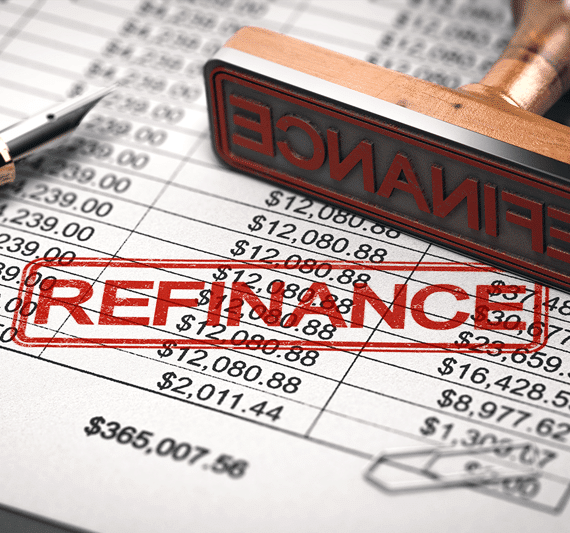Choosing the Right Refinance Option for Your Budget
When looking to refinance, a borrower has multiple rate and cost options. Borrowers can choose to pay upfront discount points to get a lower interest rate, resulting in high closing costs, go with a 0-point loan that has a slightly higher rate with no or limited lender fees. The consumer primarily pays third-party costs such as appraisal, title insurance, county recording, etc., or finally, get a no-cost loan.
A no-cost refinance is a refinance in which the lender provides credit in exchange for a slightly higher rate to cover all lender and third-party closing costs, including appraisal fees, title fees, county record fees, etc. The lender provides the credit in exchange for the borrower financing at a higher interest than they could get if they paid the costs themselves.
Get Started












